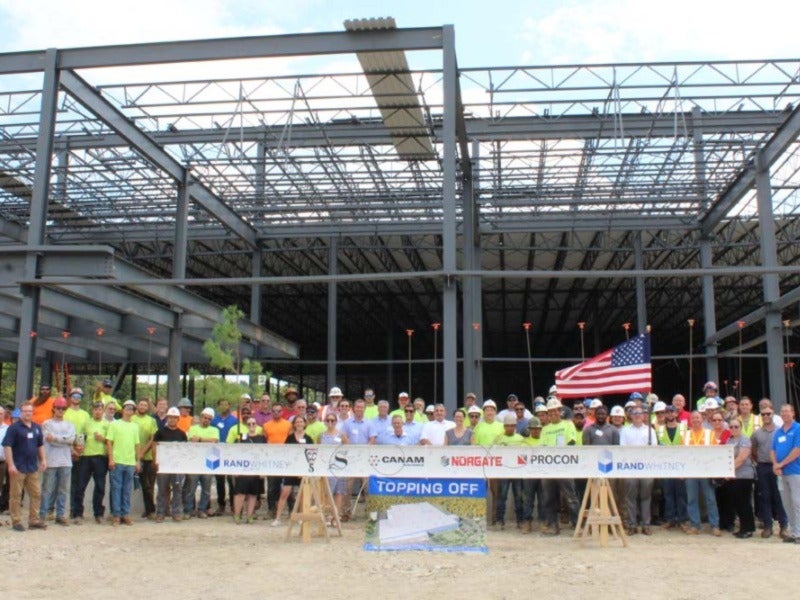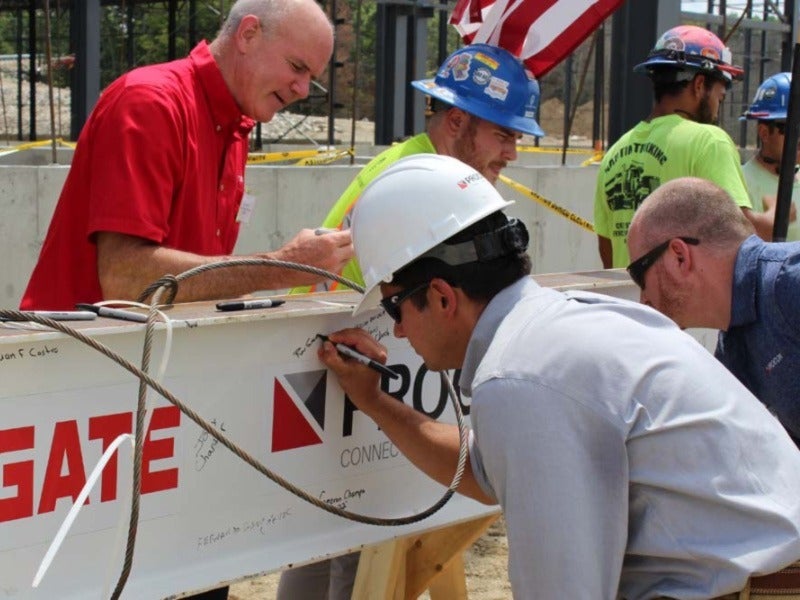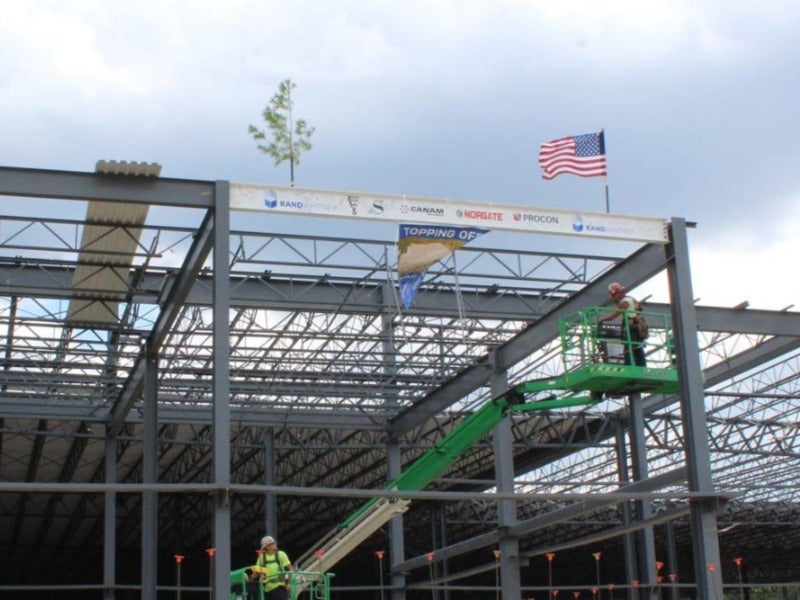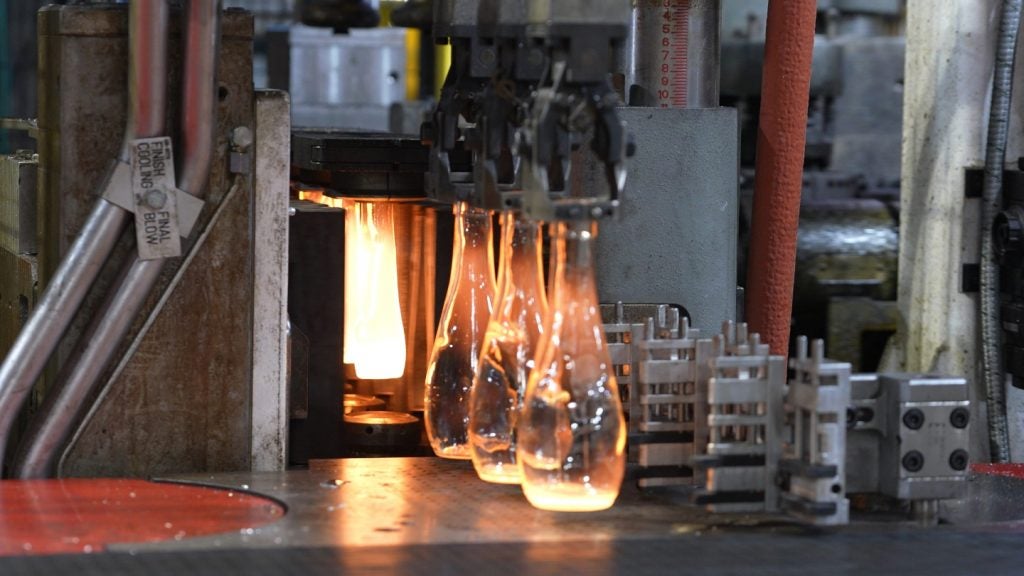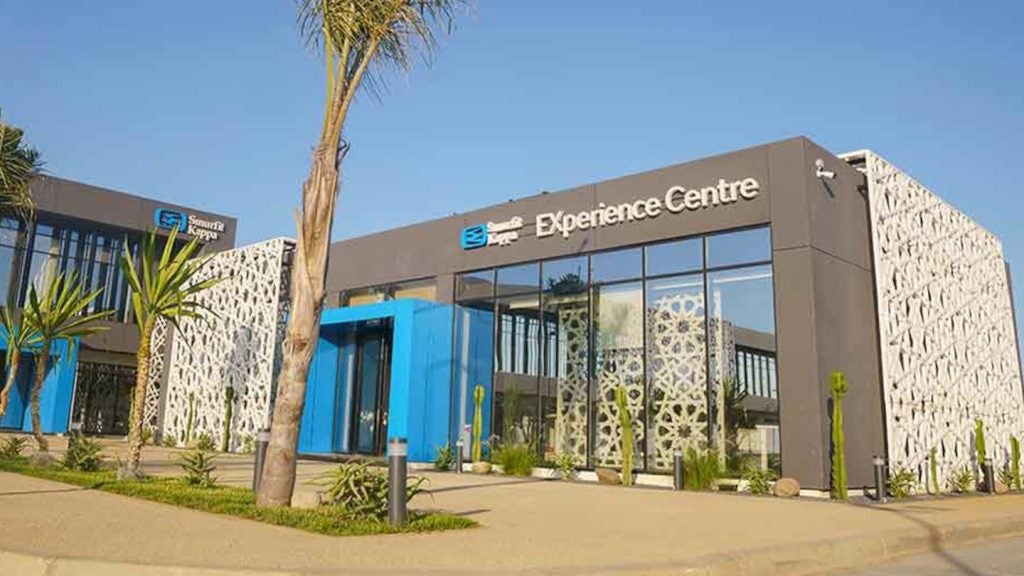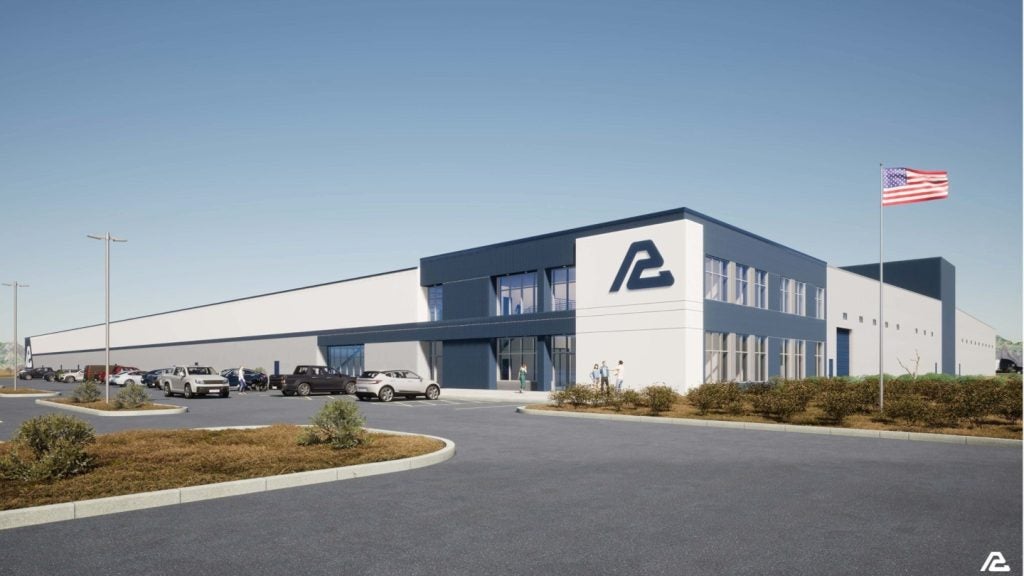Rand-Whitney, an independent corrugated manufacturer based in the US, is building a new manufacturing facility in Boylston, Massachusetts, US. The investment will enable the company to meet the growing demand for its packaging products.
The facility is expected to be the company’s largest upon completion. Its construction began in April 2022 and is expected to be completed by late 2022.
The topping-out ceremony was held in August 2022. The facility is planned to be completely operational in early 2023.
Location
Rand-Whitney chose Boylston as the location for the new facility due to its accessibility to major transportation corridors and the availability of a talent pool.
Rand Whitney’s manufacturing facility details
Spanning 384,000ft² (35,674m²), the new manufacturing facility will be installed with high-speed box-making equipment. It will feature world-class machinery, including an in-house corrugator.
The new packaging manufacturing facility is expected to manufacture 300 million boxes a year when fully operational.
It will be built as a sustainable facility with energy-efficient initiatives and other sustainability features. The plant will also feature efficient robotics and automation equipment.
The facility is expected to manufacture packaging using 100% post-consumer waste linerboard produced at Rand-Whitney’s mill in Connecticut. It will allow the company to expand its operations and deliver products to customers without interruption.
Rand-Whitney’s products and services
Rand-Whitney provides packaging products across three categories, namely corrugated packaging, retail and promotional packaging, and protective packaging.
The corrugated packaging products and services offered by the company include regular slotted containers, shipping containers and inserts, half slotted containers, folders & partitions, custom die-cuts, auto lock bottom (ALB) with speciality glueing, bulk containers, special coatings, flexographic print, lithographic printing, and digital printing.
The company uses corrugated wood, foams and other protective materials to provide innovative protective packaging solutions. Its products in the protective packaging category include wooden crates and pallets, including knock-down assemblies, reusable crates, cushion pallets & skid mates, shock absorption mounts & skids, and foam inserts for positioning or cushioning.
The retail and promotional packaging range includes floor displays, counter displays, pallet displays, pretty darn quick (PDQ) trays, kiosk displays, product launch kits, marketing sales kits, and prototype packaging.
Furthermore, the company provides customised packaging design, engineering, and testing services.
Sustainability initiatives of Rand-Whitney
The company’s linerboard mill in Connecticut produces 100% recycled high-performance linerboard made from 100% post-consumer waste and water. It produces 700t of recycled linerboard a day from more than 900t of old corrugated containers. The linerboard is used to produce high-performance recycled packaging.
The company uses recycled fibres to provide sustainable packaging solutions to customers. It produces high-quality corrugated paperboard to meet the increasing demand for eco-friendly products and help customers reduce their environmental impact.
Contractors involved
Procon, an architecture and construction management firm, was appointed as the design-build contractor for the packaging facility. The company was previously contracted for Rand-Whitney’s facilities in Worcester in Massachusetts, Dover in New Hampshire, and Pawtucket in Rhode Island.
The contractual scope also includes the design and construction of a 300,000ft² warehouse on the site. The warehouse will be completed and leased out by Rand-Whitney in 2023.
Marketing commentary on Rand-Whitney
Rand-Whitney is owned by Robert Kraft, the owner of New England Patriots, a professional American football team. The company is the largest independent corrugated packaging manufacturer in New England.
It manufactures corrugated displays, shipping containers and folding cartons. It uses standardised equipment across its production sites to increase productivity and improve the consistency of products.




